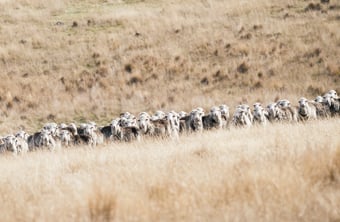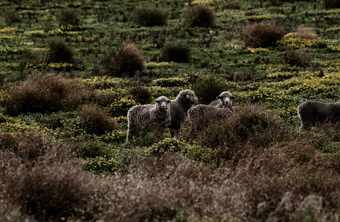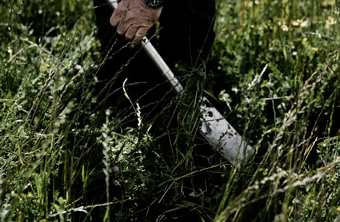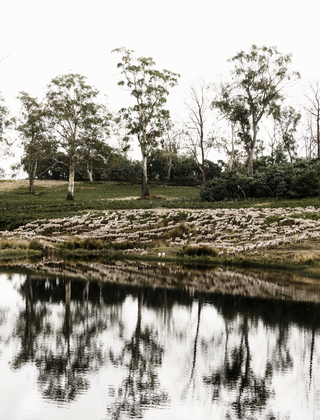Soil
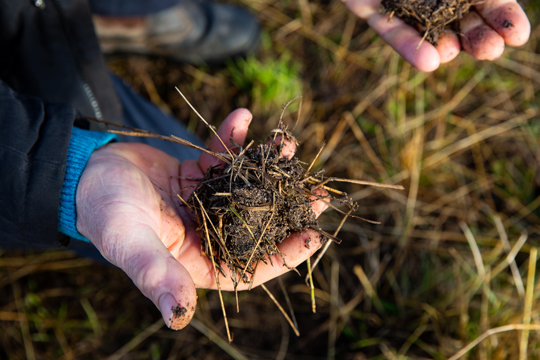
Soil health is essential to the productivity and profitability of any wool growing enterprise. We collaborate with industry to provide woolgrowers resources and tools for best practice soil health management.
Our thinking about soils and ‘soil health’ has come a long way in the past decade — soil is not there simply to support plants and their root systems; it’s a dynamic, living environment and a vital farm resource in its own right.
As the science of soil health rapidly changes and expands, AWI collaborates with industry experts and supports research and develop initiatives to ensure Australian woolgrowers have access to the latest best management practises.
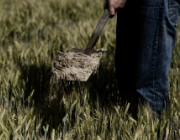
Healthy Soils – Making More from Sheep Module 6
This module is designed to help sheep producers maintain healthy and productive soils. Within the module there are resources to help woolgrowers understand the soil and tools to help woolgrowers manage the health of their soil and also work out new management practises to enhance the health of the soil.
More than any other farm resource, soil health is about protecting and building up the capital so that we, as well as future generations, can continue to live on the interest. No amount of technology, genetics or grazing management will protect a business in the longer term if that business is depleting the soil resources.
Having healthy soils involves managing soils according to their capability, making the right fertilizer decisions, implementing solutions for problem soils, maintaining ground cover, and looking after the soil biology.
Phosphorus, nitrogen and potassium are essential elements for all living organisms.
AWI research investments target more efficient use of both natural and applied soil phosphorus and nitrogen to:
- Promote efficient use of phosphorus in pastures.
- Better match soil phosphorus levels to pasture stocking rates.
- Reduce woolgrowers' cost of production by reducing phosphorus and nitrogen fertilizer input costs.
- Minimise phosphorus leaching into waterways to reduce the environmental footprint of wool, and biodiversity losses from poor water quality and algal blooms.
- Develop a selection of novel legumes that fix nitrogen in the soil and that require less water for optimal production in a changing climate.
AWI research investments are providing alternative options for producers to care for their soil resources with projects in Stubble Management and Forage Shrubs:
- Promote the adoption of forage shrubs such as Anameka saltbush that can be established in saline soils and previously unproductive rangelands.
- Development of an online tool to calculate the nutritive value of crop stubbles so that they may be better utilised for sheep to graze and reduce soil erosion.
AWI projects
AWI invests in significant projects that have a range of objectives to enhance the health of the soil and efficiency of the management practises of woolgrowers.
P-efficient Pasture Systems
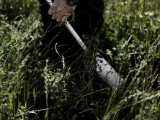
This Rural R&D for Profit project was finalised in 2020. This collaborative project funded by AWI, MLA and Dairy Australia was conducted by CSIRO, NSW DPI, UWA and Murdoch Uni, with the assistance of our valuable grower groups in NSW, WA, SA and Victoria. The grower groups, with support and guidance from a range or soil and pasture researchers and experts, undertook various pasture trials and reported their findings to the project managers.
The results of the project certainly met the project scope expectations across a range of rainfall areas and varying soil types. With the aim of identifying new legumes that have a reduced phosphorus requirement and that can adapt to variable climates, this project also delivered additional findings that will benefit producers with their decision making and increase their productivity, whilst ensuring soil resources are sustained – or even improved.
Some of these additional findings include:
- The importance of thorough soil testing – including a new recommended depth sample of up to 60cm. An increase in adoption of this new depth continues to be communicated through updates and publications. By thorough testing of the soil, the critical P requirements can be better understood and targeted P application can be achieved.
- Various p-efficient serradella varieties, such as Avila and King that had previously not been sown in southern NSW and Victoria yielded comparably better than the traditional subterranean clovers, and demonstrated greater resilience to difficult and drought conditions. These species also exhibited good persistence and recovery from waterlogging compared to other serradella varieties.
- The potential for development of subterranean cultivar species that have a lower critical P requirement (approaching that of serradella) may be an option. This could provide solutions for high rainfall areas or soils that are subject to waterlogging.
Dryland Legume Pasture Systems
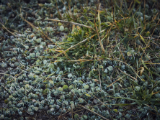
This project is trialling newly obtained and collected legume species to meet the changing climate and production needs of mixed farmers (livestock and cropping producers). They are being trialled in areas previously not idenitfied as "ideal" and are providing positive results.
New legume species including Biserrulla, Serradellas, Clovers, Vetchs and Medics will be recommended after trialling to support mixed farming and livestock enterprises.
These legumes will offer options to producers with previously unproductive land, non-wetting soils and those experiencing dryer seasons as a result of climate change.
Producer guides and a seed commercialisation option is being developed to progress adoption.
Acid Soils

Soil acidity and associated high levels of aluminium and manganese can significantly reduce pasture productivity.
In partnership with the NSW Department of Primary Industries, AWI funded research determined the cost effectiveness of applying lime to acid soils for wool production.
The MASTER (Managing Acid Soils Through Efficient Rotations) project ran for over 10 years, investigating the economics of incorporated lime to manage surface and subsoil acidity, pasture and sheep productivity.
A second project looked at the economics of surface-spread lime and phosphorus to manage soil acidity, pasture and sheep productivity in non-arable areas. Until this project, very little information was available on the effectiveness and economics of surface spread lime to reduce both surface and subsoil acidity.
To view the results of the project visit MASTER
Phosphorus application
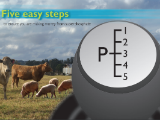
The Five Easy Steps tool combines years of research, data and information into five steps for woolgrowers to follow when making decisions around an investment in phosphorus.
Up to 30 per cent of soil tests show soil phosphorus (P) levels are above optimum. Many woolgrowers could justifiably decrease P applications without impacting on production.
Five Easy Steps is available to help woolgrowers make more accurate decisions on P applications. The tool was developed by CSIRO and NSW Department of Primary Industries, with funding from AWI and Pastures Australia members.
Download the Five Easy Steps tool (PDF 1,331Kb)






